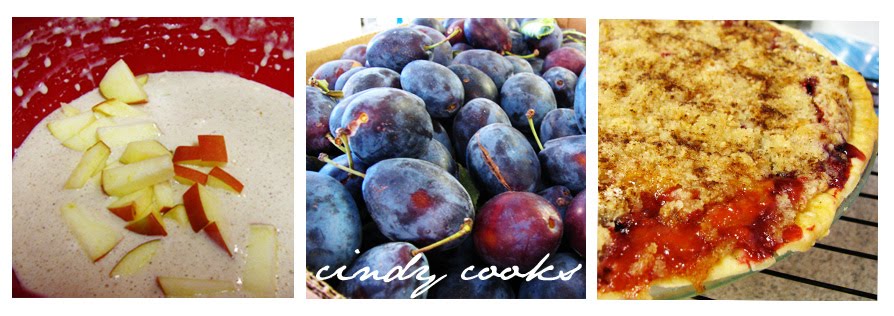Source: Inspired by my friend
Sacha, who introduced me to them, but the recipe is really my own
For as many recipes as I have on this blog, there is one whole category of meals which we make frequently that is conspicuously missing! My dad served his LDS mission in Mexico, and fell in love with authentic Mexican food while he was there. Because of that, I grew up with him frequently making dishes (like fresh tostados—still one of my absolute favorite meals!) from masa harina, or Mexican corn flour. When I got older, he taught me how to make a good masa dough to be used in recipes like corn tortillas, tostados, and gorditas. However, my dad's method—and now mine—of cooking with masa is very much "a little bit of this, then just enough of that to get the right consistency," so since none of my recipes use actual proportions, I've never typed them up! However, I'm determined to get my favorite masa recipes on this blog.
Because pupusas are El Salvedorean and not Mexican, I'd never heard of them until my friend Sacha asked me to teach her how to work with masa so that she could make some pupusas for her husband. Soon after that, I started making them as well, and Mahon and I were hooked! We now make these frequently, and I've never met anyone who doesn't love them. Since they're an all-in-one kind of dish, they also make exceptionally good picnic or traveling food! In El Salvador, they're often topped with curtido, which is a type of fermented cabbage salad, but if we don't have that we just top them with sour cream.
Like tamales, you can fill these pupusas with just about anything you like—meat, beans, cheese, or a combination of all three! I usually use whatever we happen to have on hand, and will often make them meatless. The recipe I'm including here is one of our favorites.
A note on the yield with this recipe: As I said above, I really don't usually measure any of this! These are all rough guesstimations, so feel free to play around with any of the proportions if they don't feel right to you. I am guessing this recipe, followed closely, would yield 12-16 pupusas, which is normally about how many I try to make (enough for the two of us to have for dinner and lunch the next day—so it essentially serves four).
4 cups masa (you can find this is the Latin aisle of any grocery store)
1/2 t salt (I like using kosher salt—it's a little more of a zing!)
2-3 cups warm water
1 chicken breast, boiled and shredded
1 cup pinto or black beans
1 cup grated mozzarella cheese
1 t salt
A dash of chili powder
1/4 t cumin
Preheat a griddle or ungreased skillet to about 375 degrees. In medium mixing bowl, combine masa and salt. Add warm water and mix with a wooden spoon or your finger (my preference) until the masa dough is roughly the consistency of wet sand. In separate bowl, mix together shredded chicken, beans, cheese, and spices.
There are a few different ways to assemble your pupusas. I actually made a video demonstrating these different ways a few months ago, but for some reason I can't get it to do anything, so I'll have to hope I can describe each method adequately!
The first way is to separate your masa into balls a little smaller than golf balls and roll them out (or smash them with a tortilla press) into small tortillas. Take two of your tortillas and layer them on top of each other, with a generous scoop of filling in between. Pinch the edges of the tortillas together to seal in the filling and cook for a few minutes on each side until done.
The second way is to take a ball of masa about half the size of your fist and gently flatten it out with your hand until it fills your palm. Cup your hand a little to create a little bowl shape, and then press a spoonful of filling into the crater and gently work the edges of the masa dough up around the filling until the edges meet and you end up with a ball of masa dough with filling encased inside. Gently roll this ball out or smash with a tortilla press (you will be able to see filling through the sides—that's just fine), and then cook on both sides til done.
The third (and most authentic) way, which is actually our favorite way of doing it because it produces by far the best texture (and is kind of fun, too!) is to follow the first few steps of method #2 until you have your ball of masa with filling encased inside. Then, instead of rolling it out like you would a tortilla, gently "slap" the ball back and forth between your palms, rotating it around as you go to keep it circular. This can take a little practice, but it's really pretty fun once you get the hang of it! (And don't worry—ugly pupusas still taste fantastic!) After a few slaps back and forth, your pupusa should be a disk about 1/4" thick. Press this gently onto your pan or griddle and cook on both sides til done. (This method will take a little longer to cook than others, since it produces thicker pupusas—I let it cook on the first side until the edges of the pupusa start to look dry, and then flip it and cook 3-5 minutes on the second side as well.)
Serve hot with sour cream and salsa or contido.









